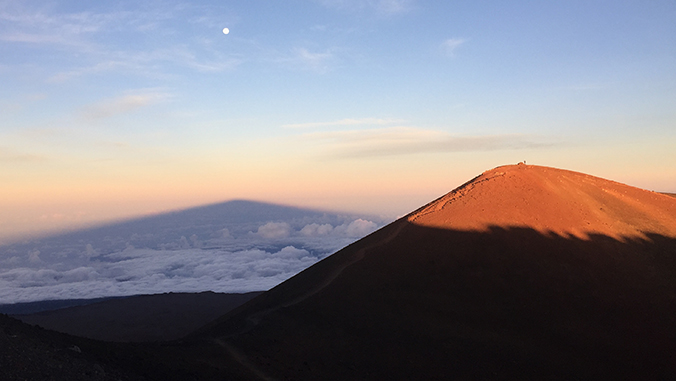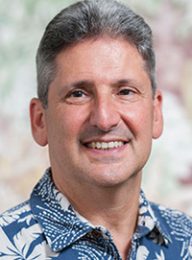
The University of Hawaiʻi acknowledges the reduction of state law enforcement presence on Maunakea initiated by Governor David Ige today. These past months have been difficult for everyone, and we deeply hope this provides a period of reflection for all to continue to seek a positive, peaceful and non-violent path forward on Maunakea and for Hawaiʻi.
UH continues to support the construction of the Thirty Meter Telescope (TMT) as part of a positive future for modern world-class astronomy on Maunakea, as we also embrace the decommissioning of multiple telescopes on the mauna and the commitments to stewardship, education and culture embedded in the permit conditions for the TMT and the resolutions of our Board of Regents.
UH believes that Maunakea is a place of inspiration, awe and spirituality for many where modern astronomy can and should coexist synergistically with traditional knowledge and culture to advance all the people of Hawaiʻi and the world.

I fully recognize that some Hawaiians consider Maunakea to be so sacred that it should not be the home for TMT or any modern observatory. For them, this sacredness outweighs any benefits of modern astronomy to human knowledge, scientific inspiration and discovery, education, or high-quality jobs. Thousands of Hawaiians and others have raised voices in opposition, and I am sorry for the pain that UH’s support of TMT and astronomy on Maunakea has caused.
At the same time, some Hawaiians and others have shared that they consider the study of astrophysics, the beginnings of the universe and the origins of mankind, to be the most spiritual of endeavors. Some consider the fact that Maunakea is the best site in the world for astronomical observation to be a gift to the people who were the best naked eye astronomers of their day—the Polynesians who first settled here after navigating to these most isolated of islands using their knowledge of the stars along with the ocean and winds, the clouds and the birds.
I am personally inspired by amazing collaborations over these past few years in which astronomers have been working together with cultural and language experts and educators: the connections being explored between modern astrophysics and the Kumulipo; the Maunakea Scholars Program through which Hawaiʻi high school students on every island are developing research proposals and answering their own questions using the best telescopes in the world; and Hawaiian-speaking students who have engaged with experts in ʻōlelo Hawaiʻi and astronomy to create new Hawaiian names for celestial bodies discovered in Hawaiʻi. These inspiring synergies show us the possibilities, and they are examples of collaborations that take place nowhere else on earth.
The university will also continue to strengthen our stewardship of Maunakea, which has become exemplary after the missteps of the first decades. The resolution adopted by the UH Board of Regents in November 2019 commits us to redouble our efforts to accelerate decommissioning, to streamline our internal management model, to explore new collaborative approaches to stewardship and management, and to advance education and culture on the mauna.
We must also acknowledge that TMT and even Maunakea are not the sole root causes of the deep turmoil that Hawaiʻi has faced over these last months, including the reawakening of many to the need for justice. The historic wrongs against Native Hawaiians have resulted in many problems that have been intractable thus far: Hawaiian health disparities, shorter life spans, increased houselessness, lower educational attainment, economic inequality, increased incarceration rates and more. There is also much work ahead to help ensure and advance the revitalization and normalization of ʻōlelo Hawaiʻi and to bring back to the fore the wisdom of those who lived so sustainably in our islands prior to western contact. And we have yet to resolve complex policy issues around Hawaiian Home Lands, ceded lands and our ability to make difficult decisions as a community about complex projects.
UH must bring our consequential capacities to bear in collaboration with like-minded allies, whether opponents or supporters of TMT and astronomy, to address these many challenges and opportunities for Native Hawaiians and Hawaiʻi. At the same time, we have substantial work ahead on our campuses to advance healthy climates that ensure equity and respect among our incredibly diverse communities of students, faculty and staff of different backgrounds. practices and beliefs. We can and must be welcoming to all.
As we enter this holiday season and the beginning of a new decade, we celebrate, congratulate and honor our recent graduates. I hope we can all reflect on our opportunities as part of the University of Hawaiʻi, the institution that more than any other can lead the way to a better future for our islands and all who call Hawaiʻi home.
David Lassner, President
University of Hawaiʻi

